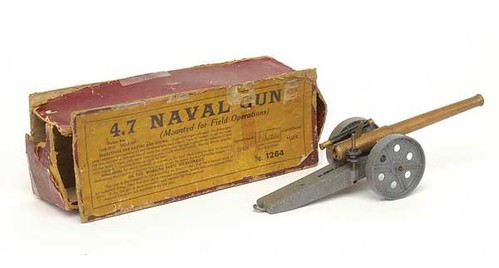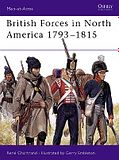
He fired that day a shot that still echoes round the world. An affair—let us parallel the Cannonade of Valmy and call it the Cannonade of Sandgate—occurred, a shooting between opposed ranks of soldiers, a shooting not very different in spirit—but how different in results!—from the prehistoric warfare of catapult and garter. "But suppose," said his antagonists; "suppose somehow one could move the men!" and therewith opened a new world of belligerence.
The matter went no further with Mr J. K. J. The seed lay for a time gathering strength, and then began to germinate with another friend, Mr W. To Mr W. was broached the idea: "I believe that if one set up a few obstacles on the floor, volumes of the British Encyclopedia and so forth, to make a Country, and moved these soldiers and guns about, one could have rather a good game, a kind of kriegspiel."..."
From Little Wars by HG Wells.
There was work to be done today when I returned home - but I threw my hands up and had a nap instead. I'm not sure I'll ever really become accustomed to four hours of sleep between shifts, but I manage pretty well most days. This was not one of them and I took to my bed when I came home. I chatted to Mrs. Kinch, who is a little better, about a wedding that she had attended the day before and we discussed the oddities of civil ceremonies over dinner.
She then settled down to watch the final evening of Gay Christmas and fulminate at the perfidy of the voting. As a competition whose main purpose is to my mind to fortify drag acts with new material so that they may pass through the hard winter months, the winning entry seemed a little odd.
While she did that, I tried to set down my thoughts on "Little Wars" - my first non-work writing in a while. It was not something that came easily, my prose is never fluid after a long hiatus, but it is nice to not be writing a report for a change.
Which begs the question; how many of the blog folk have played Little Wars? And of those who have not, do they have any desire to do so?









































